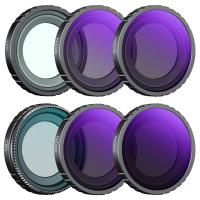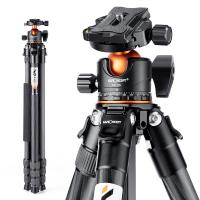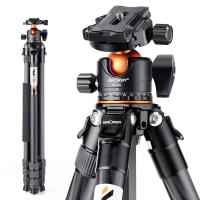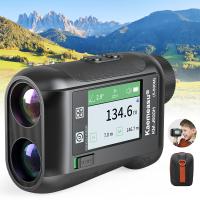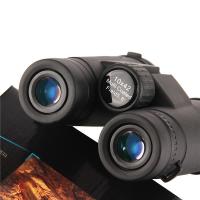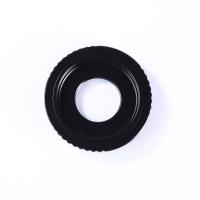What Microscope Should I Buy ?
The choice of microscope depends on your specific needs and intended applications. There are several types of microscopes available, including compound microscopes, stereo microscopes, digital microscopes, and electron microscopes. Compound microscopes are commonly used for observing small, transparent specimens, while stereo microscopes are suitable for examining larger, solid objects in three dimensions. Digital microscopes offer the advantage of capturing images and videos directly to a computer. Electron microscopes, on the other hand, provide extremely high magnification and resolution, making them ideal for studying the ultrastructure of samples. Consider factors such as your budget, intended use, required magnification, and desired features when choosing a microscope. It may also be helpful to consult with experts or read reviews to make an informed decision.
1、 Compound Microscopes: Versatile and widely used for various applications.
What microscope should I buy? Compound microscopes are a versatile and widely used option for various applications. These microscopes are equipped with multiple lenses that allow for high magnification and resolution, making them suitable for a range of scientific and research purposes.
Compound microscopes are commonly used in biology, medicine, and other fields to observe and study cells, tissues, and microorganisms. They are also used in educational settings, allowing students to explore the microscopic world and learn about different biological structures.
One of the advantages of compound microscopes is their ability to provide detailed and clear images. With the advancements in technology, modern compound microscopes often come with features such as digital imaging capabilities, allowing for easy documentation and sharing of images. Some models also offer fluorescence microscopy, which enables the visualization of specific molecules or structures within a sample.
When considering which compound microscope to buy, it is important to consider factors such as the intended use, required magnification levels, and budget. Additionally, it is advisable to choose a microscope from a reputable manufacturer to ensure quality and reliability.
In conclusion, compound microscopes are a versatile and widely used option for various applications. They offer high magnification and resolution, making them suitable for studying cells, tissues, and microorganisms. With the latest advancements in technology, compound microscopes now come with additional features such as digital imaging and fluorescence microscopy. When purchasing a compound microscope, it is important to consider the intended use, required magnification levels, and budget, while also choosing a reputable manufacturer.

2、 Digital Microscopes: Capture images and videos directly to a computer.
What microscope should I buy? Digital microscopes are a great option for capturing images and videos directly to a computer. They offer several advantages over traditional microscopes, making them a popular choice among researchers, educators, and hobbyists.
One of the main benefits of digital microscopes is their ability to capture high-resolution images and videos. This allows for detailed examination and analysis of specimens, which can be particularly useful in scientific research or educational settings. Additionally, digital microscopes often come with software that allows for image enhancement and manipulation, further enhancing the viewing experience.
Another advantage of digital microscopes is their ease of use. They typically have a user-friendly interface and are often equipped with features such as autofocus and adjustable lighting, making them accessible to users of all skill levels. Furthermore, the ability to capture images and videos directly to a computer eliminates the need for additional equipment, such as cameras or eyepiece adapters.
In terms of the latest point of view, digital microscopes have continued to evolve and improve over time. Many models now offer advanced features such as 3D imaging, measurement tools, and even Wi-Fi connectivity for remote viewing and sharing of images. Additionally, some digital microscopes are portable and lightweight, allowing for easy transportation and fieldwork.
When considering which digital microscope to buy, it is important to consider your specific needs and budget. Factors such as magnification range, resolution, and compatibility with your computer system should be taken into account. Reading reviews and seeking recommendations from experts or fellow users can also be helpful in making an informed decision.
In conclusion, if you are looking for a microscope that allows for easy image and video capture directly to a computer, a digital microscope is a great choice. With their high-resolution imaging capabilities, user-friendly interfaces, and additional features, digital microscopes offer a convenient and versatile solution for various applications.

3、 USB Microscopes: Compact and portable microscopes that connect to a computer.
USB microscopes are a great option for those looking to buy a microscope that is compact, portable, and easy to use. These microscopes connect directly to a computer via a USB port, allowing for convenient viewing and analysis of specimens.
One of the main advantages of USB microscopes is their portability. They are small and lightweight, making them ideal for fieldwork or on-the-go observations. Whether you are a student, a hobbyist, or a professional, a USB microscope can easily be carried around in a backpack or pocket, allowing you to explore the microscopic world wherever you go.
Another benefit of USB microscopes is their ease of use. They typically come with user-friendly software that allows you to capture images and videos of your specimens directly on your computer. This makes it easy to document your findings and share them with others. Additionally, many USB microscopes offer adjustable magnification levels, allowing you to zoom in and out on your subject with ease.
In terms of the latest point of view, USB microscopes have seen significant advancements in recent years. Some models now offer higher resolution imaging, improved lighting options, and even 3D imaging capabilities. These advancements have made USB microscopes even more versatile and powerful tools for scientific research, education, and various other applications.
Overall, if you are in the market for a microscope that is compact, portable, and easy to use, a USB microscope is a great choice. With their convenience and advancements in technology, USB microscopes offer a practical and efficient way to explore the microscopic world.
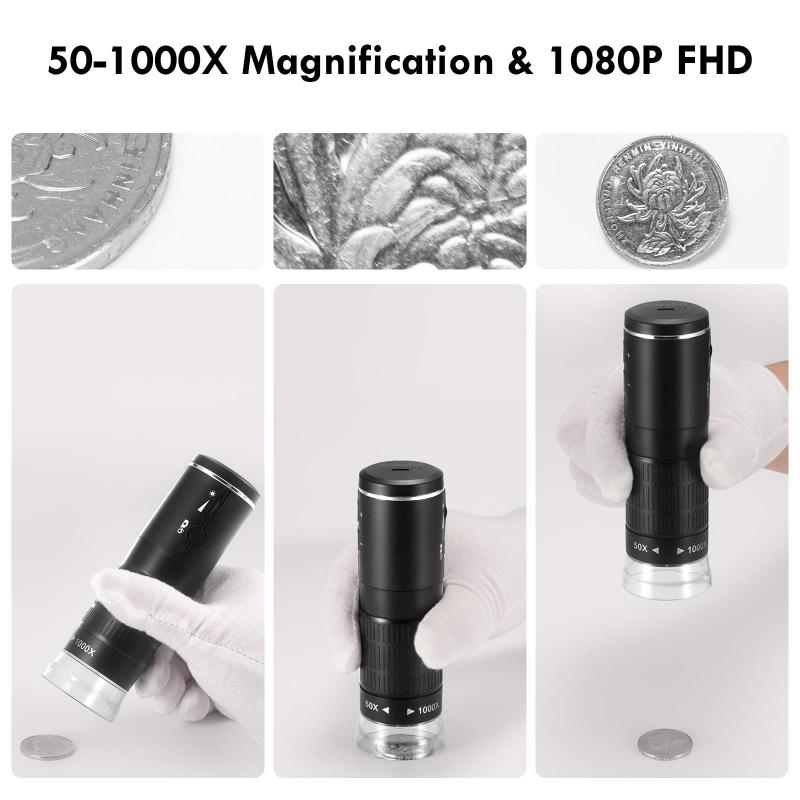
4、 Polarizing Microscopes: Analyze the optical properties of minerals and crystals.
What microscope should I buy? A polarizing microscope would be a great choice if you are interested in analyzing the optical properties of minerals and crystals.
Polarizing microscopes are specifically designed to study the behavior of light as it passes through these materials. They use polarized light to examine the unique optical properties of minerals and crystals, such as birefringence and pleochroism. By analyzing these properties, scientists can identify and classify different minerals and crystals, as well as study their structural characteristics.
One of the key features of polarizing microscopes is the ability to rotate the stage and analyze the sample under different angles of polarized light. This allows for a more comprehensive understanding of the sample's optical properties. Additionally, polarizing microscopes often come with specialized accessories, such as compensators and retardation plates, which further enhance the analysis of mineral and crystal samples.
In recent years, there have been advancements in polarizing microscope technology. Digital imaging capabilities have been integrated into some models, allowing for easier documentation and sharing of results. Some microscopes also offer advanced software for image analysis and measurement, providing more accurate and efficient data collection.
When considering which polarizing microscope to buy, it is important to consider factors such as the quality of optics, ease of use, and the specific features and accessories that meet your research needs. Consulting with experts in the field or reading reviews from reputable sources can help you make an informed decision.
In conclusion, if you are interested in analyzing the optical properties of minerals and crystals, a polarizing microscope would be an excellent choice. With advancements in technology, these microscopes offer enhanced capabilities for studying and understanding these materials.












